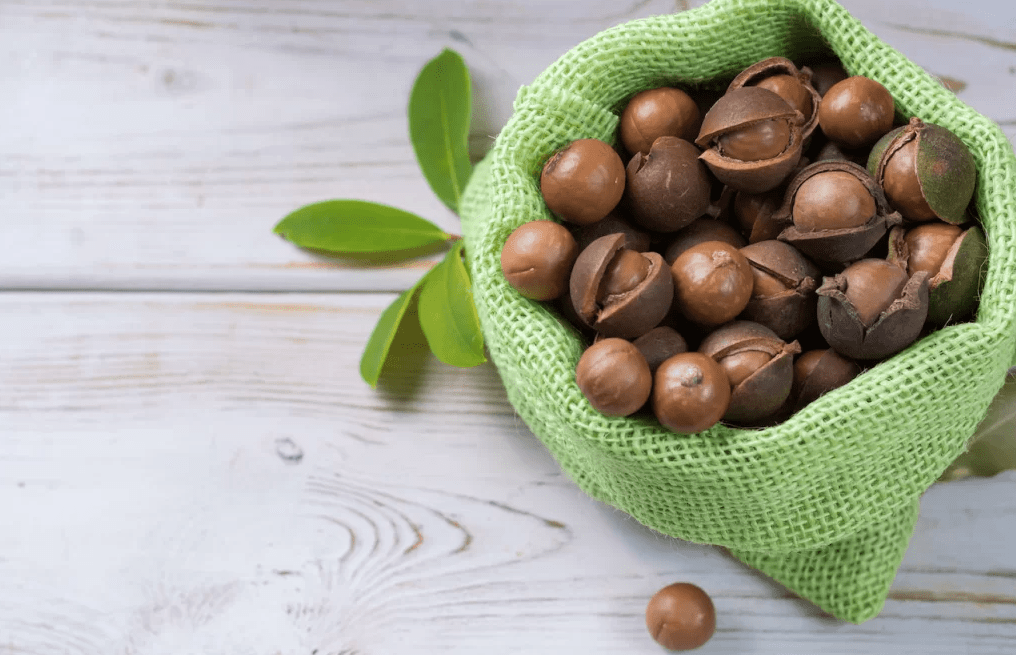Advertisement
With historically high prices due to its scarcity, the macadamia nut has been considered the ‘gold standard’ nut. According to agri-economist Juan Winter, less than 3% of the nuts consumed in the world are macadamias.
Understanding the macadamia market
Winter explained that macadamias started being commercialised between 30 and 40 years ago: ‘It was kind of a little niche. The background involves moving away from animal proteins and getting into more plant-based proteins. There’s been a massive drive for that over the last couple of years.’
According to Winter, South Africa is now the biggest producer of macadamia nuts in the world, followed by Australia.
‘From around 2013 up to 2021 were some of the best and most profitable years for macadamia nut producers.’
With the significant increase in new plantings and production of macadamia nut trees in South Africa, Kenya, Malawi, Mozambique, and other parts of the world, there may be supply pressure in the short term. This could take three to five years, and could lead to a positive impact for growers back on the farm.
Winter explained that in 2021 South Africa produced about 53,000 tons of macadamia dry nut and shell and this year it is expected to produce conservatively about 87,000 tons of dry nut and shell.
‘Those trees really start producing a ton of nuts, and the market simply gets flooded with them,’ he says. China’s purchasing power has been low since the country has been mostly isolated for the past few years – 50 to 55% of all of our nuts are sold to China, depending on the season. Hence, it is apparent that what happens in China has a significant impact on what happens to South African farmers.
Advertisement
With China coming out of its lockdown, there’s potential for South Africa again. ‘We’re back in the game, but we still need to sell a lot more volume,’ Winter says.
Is it profitable?
When assessing whether it is lucrative, many aspects – including the age of the trees, yields, and the quality of the nuts – need to be taken into account. Winter evaluates these elements:
‘At this point, if you’re simply considering trees that are fully productive, which covers the majority of our production zone, we’re still in the black. But based on the pricing we’ve seen so far, which is what will apply to the 2023 season, I don’t believe our South African macadamia farms will be profitable at all this year, and possibly not even next year. Nonetheless, I believe that starting in 2024 or 2025, we will undoubtedly return to profitability.’
The macadamia nut industry in South Africa is still in the early stages of growth and has a long way to go before reaching its full potential. This means that companies that have already established economies of scale and can produce nuts at a lower cost may have a better chance of being profitable in the next five to 10 years. However, for new entrants to the market, it may be challenging to be profitable in the immediate future.
‘If ever there was a time to invest in macadamia farms, without having to pay ridiculous prices for land with already established macadamia farms, it would be now. But then you must have the cash flow to back yourself for the next four years. So it’s a risky investment, but it would probably be a very good investment,’ Winter says.
Overall, investing in macadamia farming can be risky, but with careful evaluation of the market conditions, potential for growth, and cash flow requirements, it could potentially be a good investment opportunity. As always, seeking professional advice before making any investment decisions is recommended.



